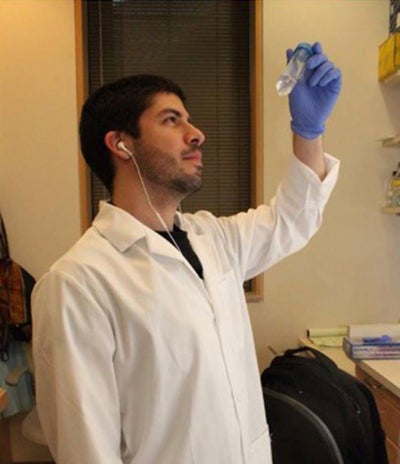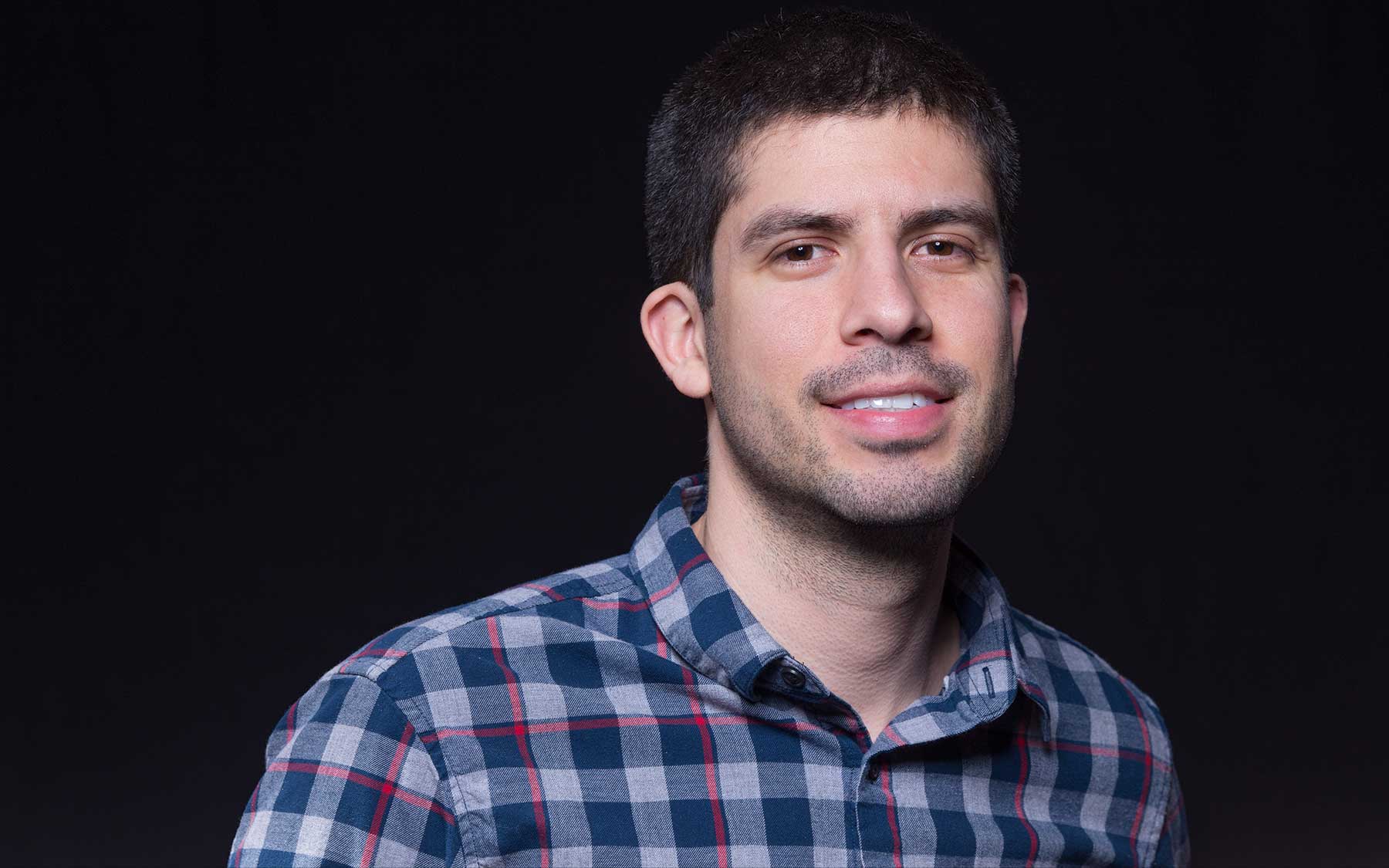Most people don’t think about their pancreas very often. Buried deep inside the abdomen, wedged between the stomach and the spine, we can’t even feel it. But there it is, day in and day out, working away to make the enzymes that digest our food and the hormones that control our blood sugar. Having a healthy pancreas is a great thing.
A healthy pancreas is maintained, in part, by a specialized group of cells: pancreatic stellate cells (PSCs). PSCs aren’t the cells that make enzymes or hormones, but they’re just as important. When dormant, PSCs quietly provide the pancreas with structural support. When activated, for instance by injury or illness, PSCs repair the pancreas by secreting extracellular matrix (ECM) proteins, cytokines, and growth factors.
Despite their seemingly benevolent disposition, take a closer looks and you’ll find that PSCs have a sinister side. Cancer cells also activate PSCs to secrete ECM proteins, cytokines and growth factors. Within the context of pancreatic tumors, these factors have adverse effects: they drive the growth and proliferation of cancer cells and give the tumors a dense, fibrous makeup, making them notoriously difficult to treat.
The connection between PSC activation and pancreatic tumors has only recently been established. There is still much to learn about how the environment surrounding pancreatic tumors—the so-called microenvironment—affects cancer progression and treatment, and Watson School of Biological Sciences (WSBS) third-year student Abram Handley-Santana has made it his goal to do just that.
“Primarily, I’m concerned with understanding how pancreatic cancer cells communicate with PSCs,” said Abram. “It’s the ‘how’ and ‘why’ behind pancreatic tumor growth.”

Abram, working in Dr. David Tuveson’s lab at Cold Spring Harbor Laboratory, said that he spends most time working with pancreatic tumor organoids and performing tissue culture. Such ex vivo research makes it possible for him to identify factors that are induced when pancreatic cancer cells and PSCs are grown together. Abram wants to explore the effects of these factors on pancreatic organoid and PSC biology, eventually validating their roles in animal models and in human cells.
“I take PSCs that have never seen pancreatic cancer cells, mix them with pancreatic cancer cells, wait, watch and see what happens,” explained Abram. The pancreatic cancer cells used in his experiments come from either human pancreatic cancer patients or mice genetically modified to develop pancreatic cancer.
Abram has been interested in studying cancer since his time as an undergraduate at the University of California, Santa Cruz. Initially, Abram planned on earning his bachelor’s degree in chemistry, but, after taking an introductory biology class, Abram realized he was much more interested in that field and changed his major as a sophomore.
When he came to WSBS, Abram knew he wanted to study cancer. Before the first semester, he worked with Dr. Lloyd Trotman, studying the tumor suppressor PTEN, where he said he gained a new experience with cloning techniques and how to work independently in a lab. He rotated in Tuveson’s lab, where he is now, studying pancreatic cancer; the lab of Dr. Mikala Egeblad, where he studied breast cancer; and Dr. Mickey Atwal’s lab, analyzing genetic interactions in cancer genomes.
Working in those labs has provided Abram with the skills necessary to be a successful cancer scientist. “Working with Dr. Tuveson has increased my proficiency in performing tissue cultures and using the microscope,” said Abram. “In Dr. Egeblad’s lab I learned imaging techniques—which are really interesting—and in Dr. Atwal’s lab I had the opportunity to learn and perform computational research, which was new for me.”
The Tuveson lab works to understand the basic biology behind cancers—primarily pancreatic cancer—with the aim of developing new diagnostic and therapeutic strategies. In the case of Abram’s research, potential treatments might target PSCs to decrease their production of fibrous tissue, cytokines, and growth factors, which together could slow tumor progression and enhance the delivery of chemotherapeutic agents to the tumor.
Abram said he is excited to continue his research in the Tuveson lab, which would contribute to the growing body of knowledge of PSCs and their role in pancreatic cancer. Though he acknowledges that gaining a better understanding of PSCs could lead to more effective pancreatic cancer treatments, Abram is concentrating on his immediate goals.
“Right now I’m focused on earning my Ph.D. and on becoming a better scientist. I strive to do my best in the lab each day,” said Abram, who plans on returning to California to work in the biotechnology industry after graduation. “I believe gaining a mastery of the basics can lead to a big discovery down the road.”
